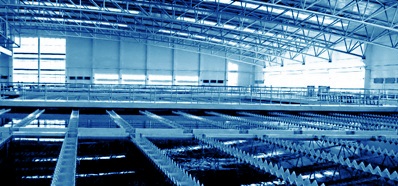Actuator (electric) hardware
Definition of Electric Actuation
An electric actuator is a controlled electromechanical system designed to convert electrical energy into mechanical energy and vice versa, while managing this process. A modern electric actuator comprises a multitude of electric machines, apparatuses, and control systems. It is the primary consumer of electrical energy (up to 60%) and the main source of mechanical energy in industry.
According to GOST R 50369-92, an electric actuator is defined as an electromechanical system consisting of power converters, electromechanical and mechanical transducers, control and information devices, and devices interfacing with external electrical, mechanical, control, and information systems. It is intended to drive the actuators of a working machine and control this movement for the purpose of carrying out a technological process. Compact and programmable, electric linear actuators provide high force, precision, and speed with controllable acceleration and deceleration. Electric actuators convert the rotational force of the motor (electrical energy) into linear motion.
Electric Actuation of Pipeline Valves: Modern Solutions for Efficient Automation
Pipeline valves are essential components of infrastructure in industrial and municipal networks. Opening, closing, and regulating the flow of liquids or gases become critical tasks in production and maintenance processes. Electric actuators represent an indispensable solution for automating these processes.
Advantages of Electric Actuators
Electric actuators offer several advantages compared to traditional hydraulic or pneumatic systems. They are more precise, flexible, and easily integrable into automation systems. Here are several key advantages:
- Precision control: Electric actuators enable precise regulation of the position and speed of pipeline valves, which is particularly crucial in processes requiring high accuracy and reliability;
- Flexibility and versatility: They can be easily configured to work with various types of valves and adapted to different operating conditions;
- Reliability and durability: Electric actuators exhibit high levels of reliability and durability, reducing maintenance costs and increasing production efficiency;
- Integration with control systems: They seamlessly integrate with various automation systems, such as software, providing centralized control and monitoring.



